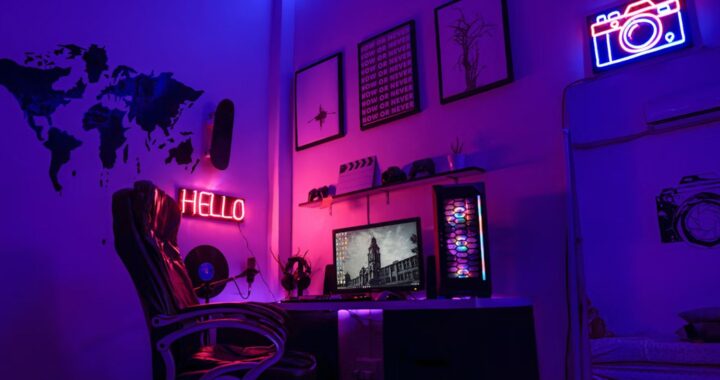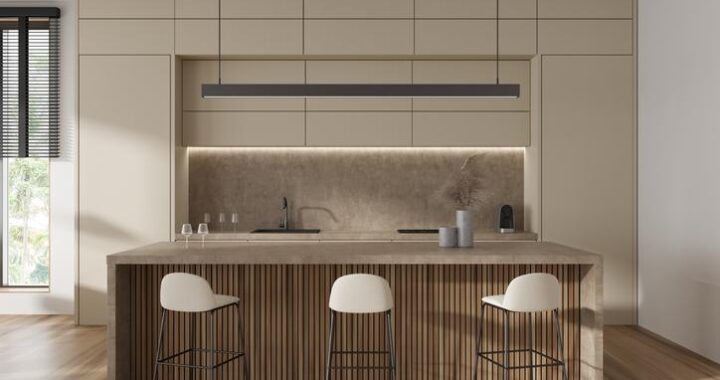Designer Resume Crafting Your Path to Success

Your designer resume serves as your professional introduction to potential employers. It encapsulates your education, work experience, skills, and achievements in a concise and visually appealing format. A well crafted resume can open doors to job interviews and career advancement opportunities.
Crafting Your Designer Resume
Identifying Your Unique Selling Points
Before diving into the nitty-gritty of resume writing, take some time to identify your unique selling points (USPs). What sets you apart from other candidates? Whether it’s your proficiency in graphic design software, your keen eye for detail, or your track record of delivering innovative solutions, highlighting your strengths is crucial in crafting a standout resume.
Showcasing Your Skills and Expertise
Your resume should serve as a showcase of your skills and expertise in the field of design. Utilize bullet points to list relevant skills such as proficiency in Adobe Creative Suite, UI/UX design, typography, and illustration. Be sure to tailor your skills section to align with the requirements of the job you’re applying for.
Tailoring Your Resume to the Job Description
One size does not fit all when it comes to resumes. Tailor your resume to each job application by carefully studying the job description and customizing your content accordingly. Highlight experiences and skills that are directly relevant to the position, and use keywords from the job description to optimize your resume for applicant tracking systems (ATS).
Design Elements
Layout and Formatting
The layout and formatting of your resume play a crucial role in its overall effectiveness. Keep the design clean, organized, and easy to read, with clear section headings and ample white space. Use a professional font and maintain consistency in formatting throughout the document.
Typography and Font Choice
Choose typography and fonts that reflect your personal style while maintaining readability. Avoid overly decorative fonts that may distract from the content and opt for clean, modern fonts instead. Experiment with font pairings to create visual interest while ensuring legibility.
Incorporating Visuals
Incorporating visuals such as icons, infographics, and portfolio samples can enhance the visual appeal of your resume and provide tangible examples of your work. Be selective in choosing visuals that complement your content and reinforce your branding as a designer.
Content Strategy
Summary Statement
Your summary statement serves as a brief introduction to your professional background and career objectives. Keep it concise yet impactful, highlighting your key accomplishments and career goals in a few sentences.
Work Experience
Detail your work experience in reverse chronological order, starting with your most recent position. Include the name of the company, your job title, and the dates of employment, followed by bullet points outlining your responsibilities and achievements in each role.
Education and Certifications
List your educational background, including any degrees, diplomas, or certifications relevant to your field of design. Be sure to include the name of the institution, degree/certification earned, and graduation date.
Portfolio Showcase
A portfolio is an essential component of a designer resume, allowing you to showcase your best work and demonstrate your design capabilities to potential employers. Include a link to your online portfolio or attach samples of your work directly to your resume.
Keywords and SEO
Leveraging Keywords for Optimization
Incorporate relevant keywords throughout your resume to optimize it for search engines and applicant tracking systems. Identify industry-specific keywords related to your skills, experience, and desired job roles and strategically integrate them into your content.
SEO-Friendly Formatting
Optimize your resume for search engine visibility by using SEO-friendly formatting techniques. This includes using headings and subheadings to structure your content, incorporating bullet points for readability, and including hyperlinks to relevant websites or online profiles.
Optimizing for Applicant Tracking Systems
Many companies use applicant tracking systems to streamline the recruitment process and screen resumes efficiently. To ensure your resume passes through these systems successfully, use standard resume formats, avoid excessive formatting, and include relevant keywords and phrases.
Professionalism and Branding
Establishing Your Personal Brand
Your resume is an extension of your personal brand as a designer. Use consistent branding elements such as color schemes, typography, and visual motifs to reinforce your professional identity across all your application materials.
Consistency Across Platforms
Maintain consistency in your branding and messaging across all online platforms, including your resume, LinkedIn profile, portfolio website, and social media accounts. This cohesive approach reinforces your professionalism and makes it easier for employers to recognize your brand.
Proofreading and Editing
Before submitting your resume, thoroughly proofread and edit it to ensure accuracy, clarity, and professionalism. Check for spelling and grammar errors, formatting inconsistencies, and outdated information, and make necessary revisions to polish your document to perfection.
Networking and Online Presence
LinkedIn Profile
Your LinkedIn profile is an essential tool for networking and professional branding. Optimize your profile with relevant keywords, a professional headshot, and a compelling summary that highlights your skills, experience, and career objectives.
Online Portfolio
An online portfolio is a visual representation of your design work and serves as a showcase of your talents to potential employers. Keep your portfolio up to date with your latest projects, and organize your work into categories or collections for easy navigation.
Personal Website
A personal website provides a centralized hub for your online presence and allows you to showcase your portfolio, blog about industry topics, and connect with potential clients or collaborators. Invest time in creating a professional website that reflects your design aesthetic and highlights your expertise.
Tips for Success
Keep it Concise
Recruiters and hiring managers often have limited time to review resumes, so keep yours concise and to the point. Aim for a one-page resume whenever possible, focusing on relevant information that highlights your qualifications and achievements.
Stay Updated with Trends
The field of design is constantly evolving, with new trends, technologies, and techniques emerging regularly. Stay updated with the latest industry trends by attending workshops, conferences, and networking events, and incorporate relevant trends into your resume and portfolio.
Seek Feedback and Revise
Seek feedback from mentors, peers, or professional resume writers to get valuable insights into areas for improvement. Be open to constructive criticism and use it to refine and revise your resume until it’s polished to perfection.



 How to Modernize Your Spa Room at Home
How to Modernize Your Spa Room at Home  Tips for Designing Your Own Gaming Space
Tips for Designing Your Own Gaming Space  How to Make Oak Cabinets Look Modern: Stylish Updates and Design Tips
How to Make Oak Cabinets Look Modern: Stylish Updates and Design Tips